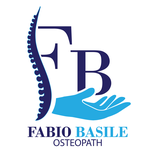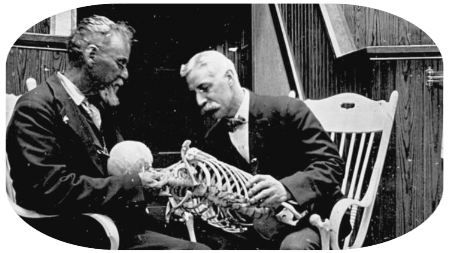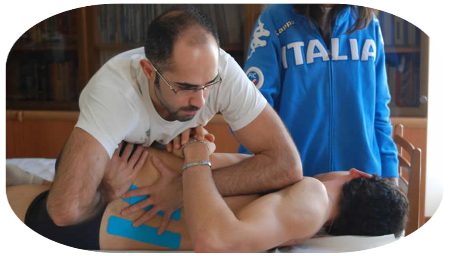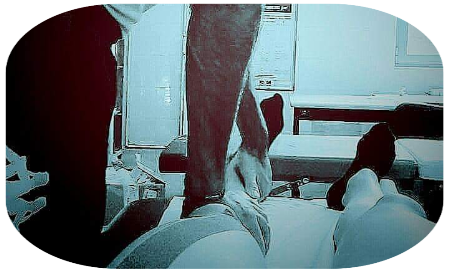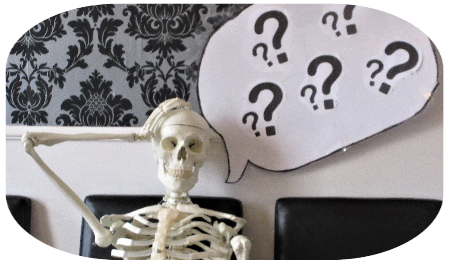Osteopathy
What it is
Osteopathy is a form of manual healthcare which recognises the important link between the structure of the body and the way it functions. Osteopaths focus on how the skeleton, joints, muscles, nerves, circulation, connective tissue and internal organs function as a whole.
Using skilled evaluation, diagnosis and a wide range of hands-on techniques, osteopaths can identify types of dysfunction in the body. Osteopathic treatment includes techniques such as stretching and mobilisation for general treatment of the soft tissues, along with manipulation of the musculoskeletal system, connective tissues and organs.
Osteopaths are primary contact health practitioners and are trained to recognise conditions that require medical referral. They are also trained to perform standard clinical examinations of the musculoskeletal, cardiovascular, respiratory, digestive, urinary, obstetrical and nervous systems. Osteopaths work frequently alongside other health professionals. The terms osteopathy and osteopathic medicine are sometimes, and in some countries, used interchangeably.
When it's used
Here are some example:
- BACK PAIN, such as NECK, UPPER, MIDDLE, LOWER back pain, etc.
- SPINE DISORDERS, such as CHRONIC PAIN, DISC BULGING & HERNIATION, ARTHRITIS, etc.
- JOINT PAIN, related to degeneration, posture, injuries (e.g. sprain), stiffness, etc.
- MUSCLE PAIN, related to degeneration, posture, injuries (e.g. strain), tightness, stiffness, etc.
- SPORT-RELATED PAIN, related to injuries, wrong technique, over-training, posture, etc.
- HEADACHE & MIGRAINE (e.g. 'tension headache') and some other cranial symptoms
- some DIGESTIVE DISORDERS, such as gastric reflux (GERD), IBS, constipation, etc.
- JAW DISORDERS and some other gnathological conditions (e.g. Bruxism, teeth grinding)
- POSTURAL DISCOMFORTS, related to poor posture, job, workstation, computer, etc.
- Etc...
Treatment
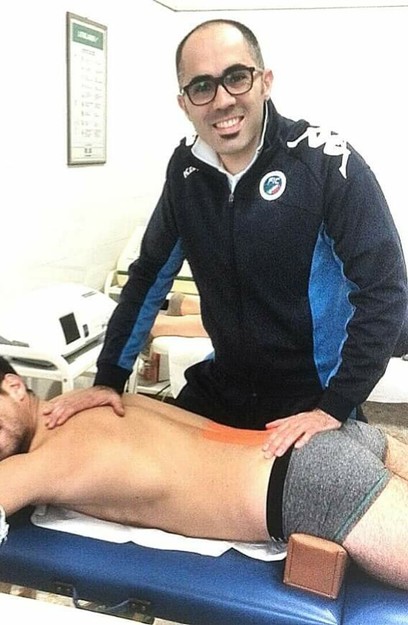
Case history and examination
At a first appointment, your osteopath will:
- Listen to and ask questions about your current complaint, your general health, other factors that may be impacting on your health, other medical care you are receiving or medication you are taking and record this in your case history. The information you provide will be confidential.
- Examine you properly. It is likely the osteopath will ask you to remove some of your clothing. Having obtained your consent they will undertake a thorough, sensitive and appropriately detailed evaluation of your case. You can stop the treatment at any time if you feel uncomfortable. You can ask a friend or relative to accompany you during your treatment if you wish.
- Ask you to make simple movements and stretches, to observe your posture and mobility. They will also examine the functioning of your joints, tissues and organs using their hands, and a highly developed sense of touch.
- Provide you with a full explanation of what they have found (the diagnosis) and recommend an appropriate course of action which may involve referring you to another health professional for further investigation, or a course of osteopathic treatment. They will explain the likely effects of osteopathic treatment and any reactions you may expect from treatment.
Osteopathic treatment
Your osteopath will:
- Treat you using their hands and skilled manipulation of the musculoskeletal system, organs and massage of soft tissues. Your osteopath will explain what they are doing and will ask you permission to treat you. Ask any questions at any time if you are unsure or if you have any concerns.
- Recommend individual exercises and self-help measures, as well as making use of other healthcare disciplines, as appropriate, to assist your recovery.
It may require more than one visit before your problem is resolved. The osteopath will review your progress at each subsequent visit and seek your consent to any changes to your treatment plan.
Professional standards for high quality osteopathic care
The osteopathic profession is committed to providing quality healthcare for the benefit of patients, applying high standards of ethical and professional behaviour.
The European Standard on Osteopathic Healthcare Provision (click to download the document) issued by CEN, the European standards body, provides a benchmark of the level of healthcare that should be provided to patients throughout Europe when it comes to osteopathic education, diagnosis, treatment and care. It does not replace national legislation where this exists.
Techniques
Structural Osteopathy
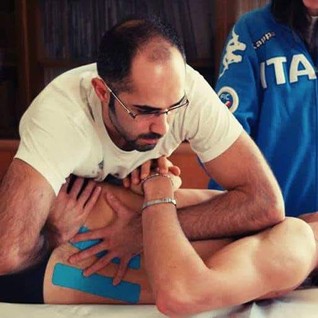
This is the most common approach to osteopathic treatment and is the foundation upon which modern training is based. It is where the osteopath will use manual techniques to affect the musculoskeletal system: joints are moved, muscles are stretched and in so doing the treatment effect can reach into the body and help the nervous system, blood supply or organ function.
Visceral Osteopathy

This approach looks at the relationship between the physical structure of the body and the organs, such as the digestive tract or respiratory system. Through the stresses imposed by poor posture, diet or lifestyle pressures, the organs can build areas of tension which can then lead to referred ‘viscero-somatic’ pain.
One example of this is the groin pain created by an kidney somatic dysfunction. In this case treatment over the area of pain may be ineffective whereas direct manipulation of the kidney may stimulate the healing response needed to relieve the pain.
Cranial Osteopathy
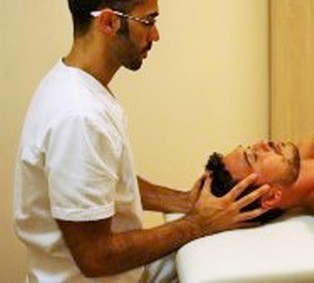
This is a more subtle approach which involves a gentle ‘hold’ of the patient to interact with more subtle energies and the body’s fluid dynamics.
Tiny physiological movements in the bones of head and face are vital for health, and cranial osteopathy can focus on any obstructions to these microscopic movements that may have been caused by trauma or injury.
F.A.Q.
Is it painful?
Osteopathy isn't usually painful, although, due to the physical nature of the treatment it's not unusual to feel sore or stiff in the first few days after treatment, particularly if you're having treatment for a painful or inflamed injury. Your osteopath will explain whether you're likely to have any reactions. If you feel any pain during or after treatment, tell your osteopath.
You may be given advice on self-help and exercise to aid your recovery and prevent symptoms returning or getting worse.
How long does a session last?
In general, the first appointment will last about 30 to 45 minutes. Further treatments last around 30 minutes. Your course of treatment will depend on your symptoms.
How much does it cost?
Most people visit an osteopath as a private patient and pay for their treatment. Fees can depend on the osteopath’s experience and the location of the practice; the average initial consultation fee is £50-70.
If you have private health insurance it may be possible to claim for your treatment. You will need to ask your insurance company about the available level of cover and whether you need to be referred by your GP or a specialist.
Is referral from a doctor necessary?
Most patients 'self refer' to an osteopath for treatment. You can use the statutory Register of osteopaths on the GOsC website to find local osteopaths.
Although referral by a GP is not necessary, you are encouraged to keep your GP fully informed, so that your medical records are current and complete. This will ensure you receive the best possible care from both health professionals. With your permission, your osteopath may send a report to your GP with details of your condition and treatment. You can also request a letter for your employer if this is helpful.
